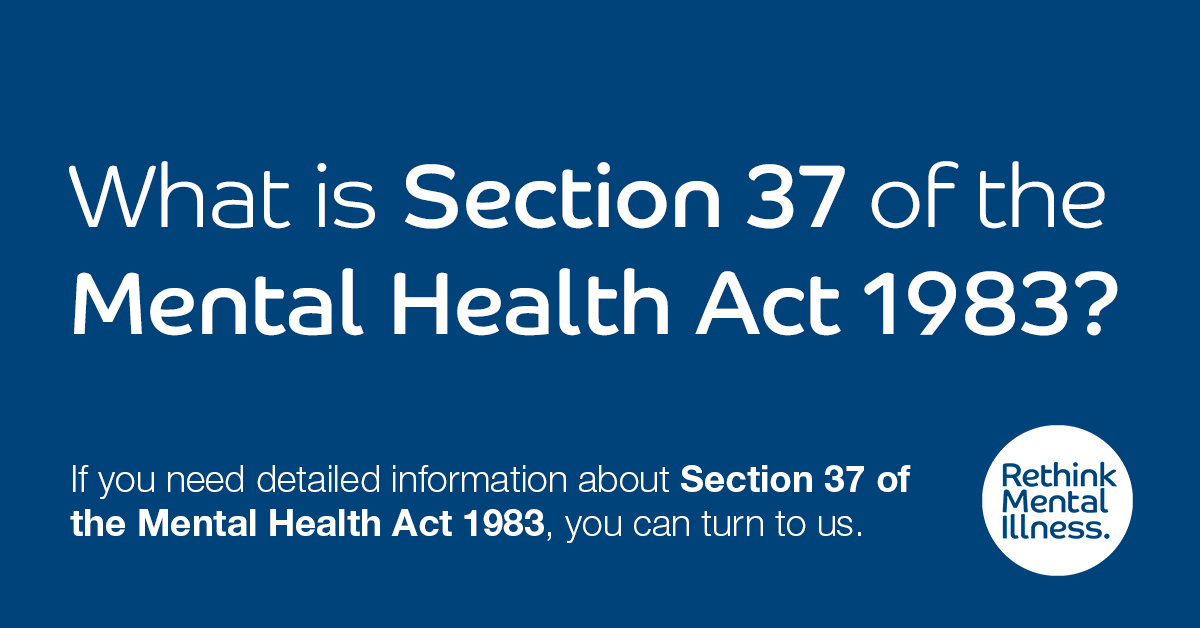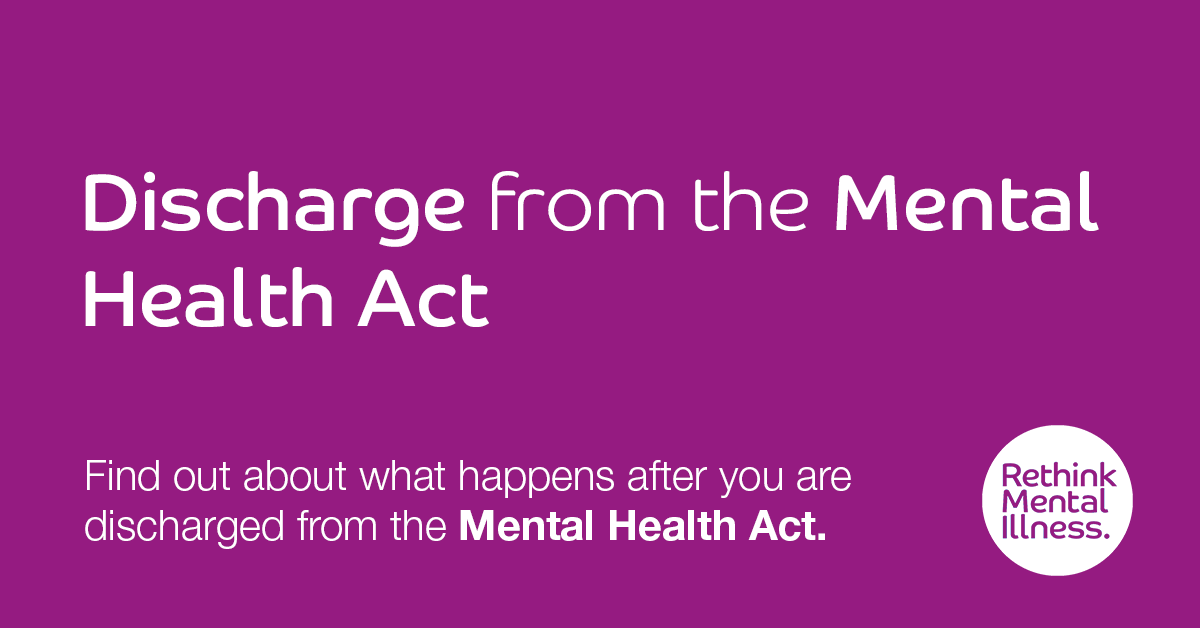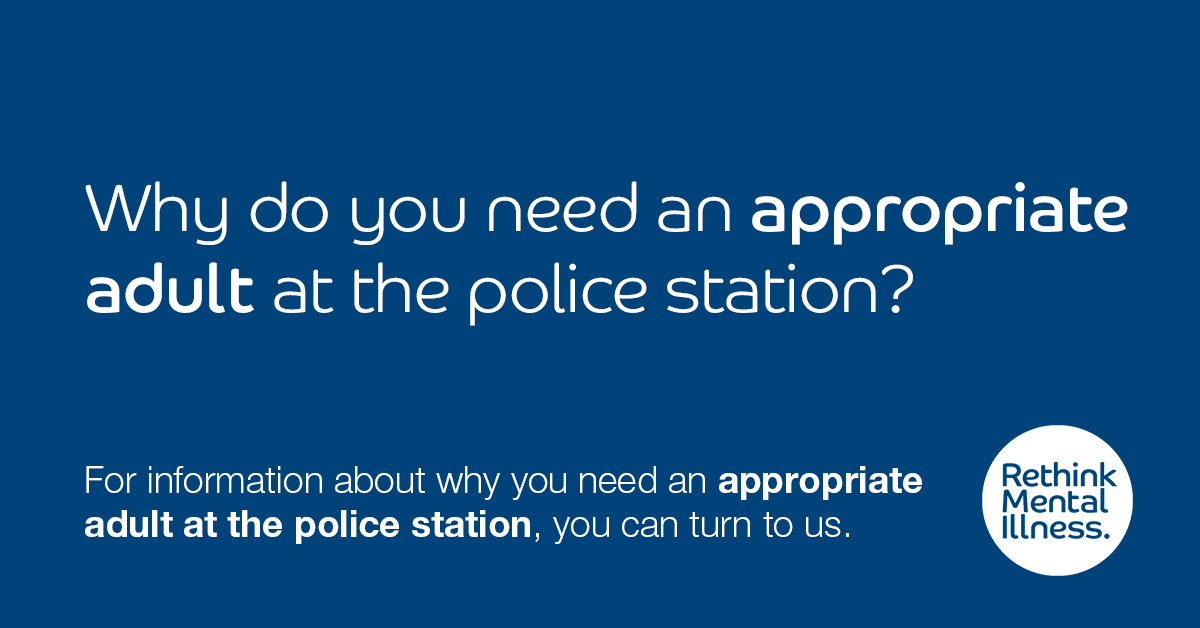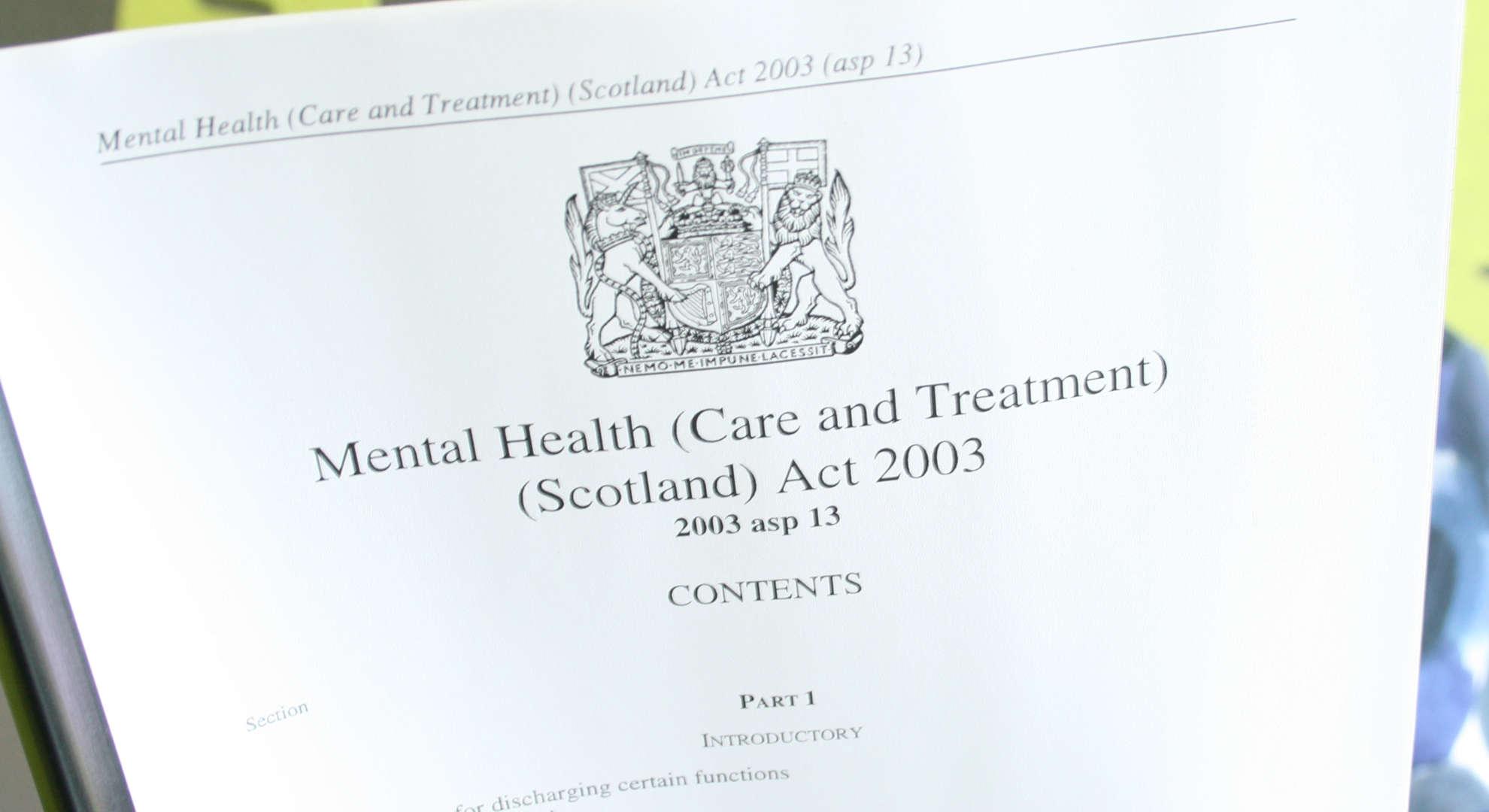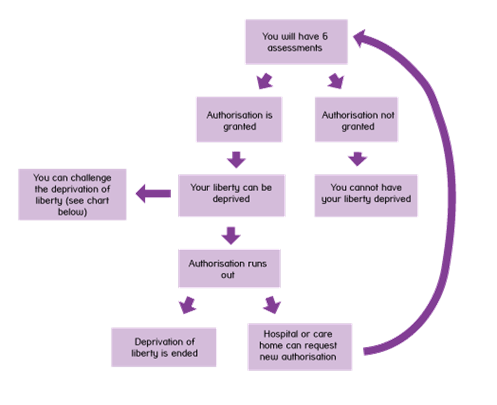Section 2 Mental Health Act Police Powers
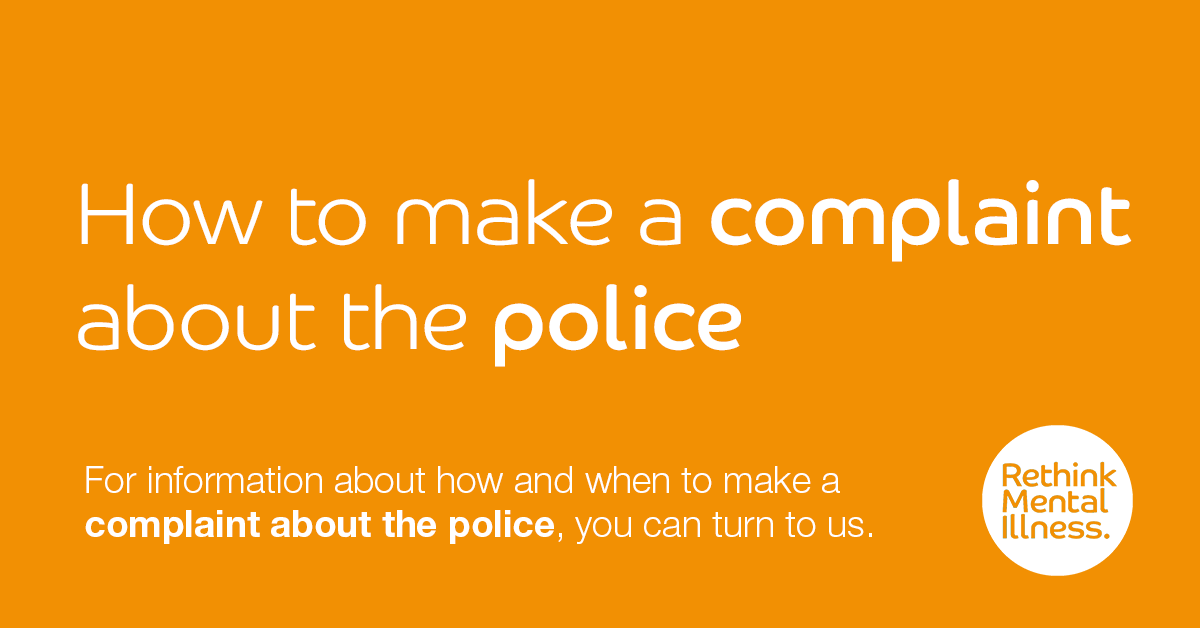
S136 means that the police have the power to take you to a place of safety or keep you in a place of safety.
Section 2 mental health act police powers. You may then be taken to a place of safety for an assessment by an approved mental health professional and a doctor. If a person is required to be taken to or from a designated mental health services or any other place an authorised person including a police officer may use bodily restraint. This protocol should be created and maintained between police forces hospitals mental health unit facilities and ambulance services at a local level.
Introduction or removal of certain articles. Police have powers to enter your home if need be by force under a section 135 warrant. It provides for someone to be detained in hospital under a legal framework for an assessment and treatment of their mental disorder.
4 replacing1957 c 53 s. It is most often used in public places like a street or park. A police officer may use bodily restraint if.
The code of practice provides guidance to health professionals about the mha and is also intended to be helpful to you your family carers representatives friends advocates and anyone else who. The changes relate to police powers to act in respect of people. What is the purpose of a section 2 of the mental health act.
Coordination of services for a mental health resident who resides in an assisted living facility that holds a limited mental health license. An approved mental health professional or a person authorised by either of. Section 2 is part of the civil sections under the mental health act.
Guidance on putting into practice changes to the provisions on police powers and places of safety in the mental health act 1983. Section 136 s136 is part of the mental health act. It is needed to prevent serious and imminent harm to the person or to another person.
